Not Every American Knows: Why You Should Never Refuel with the Engine Running
At gas stations, it’s not uncommon to see drivers leaving their engines running while filling up.
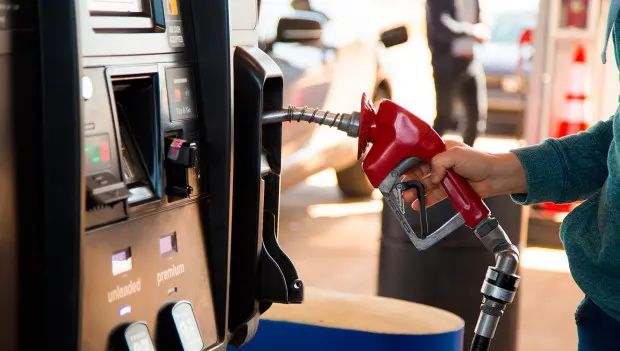
At many gas stations, you can spot drivers who don’t bother to turn off their engines while refueling. Although the rules clearly advise against it, some people keep breaking this safety guideline. Here’s why drivers do it—and what risks they’re taking.
Why You Should Shut Off the Engine
The main reason is safety. In theory, even a small spark from the exhaust system can ignite gasoline vapors—especially with older carbureted cars or vehicles with modified exhausts. Modern engines greatly reduce this risk, but the rule hasn’t changed: the engine should be turned off when refueling.
There’s also a technical reason. If the engine stays on, the fuel gauge in some cars may not register changes correctly. Sometimes, after refueling, the gauge needle “freezes” and only updates after restarting the engine.
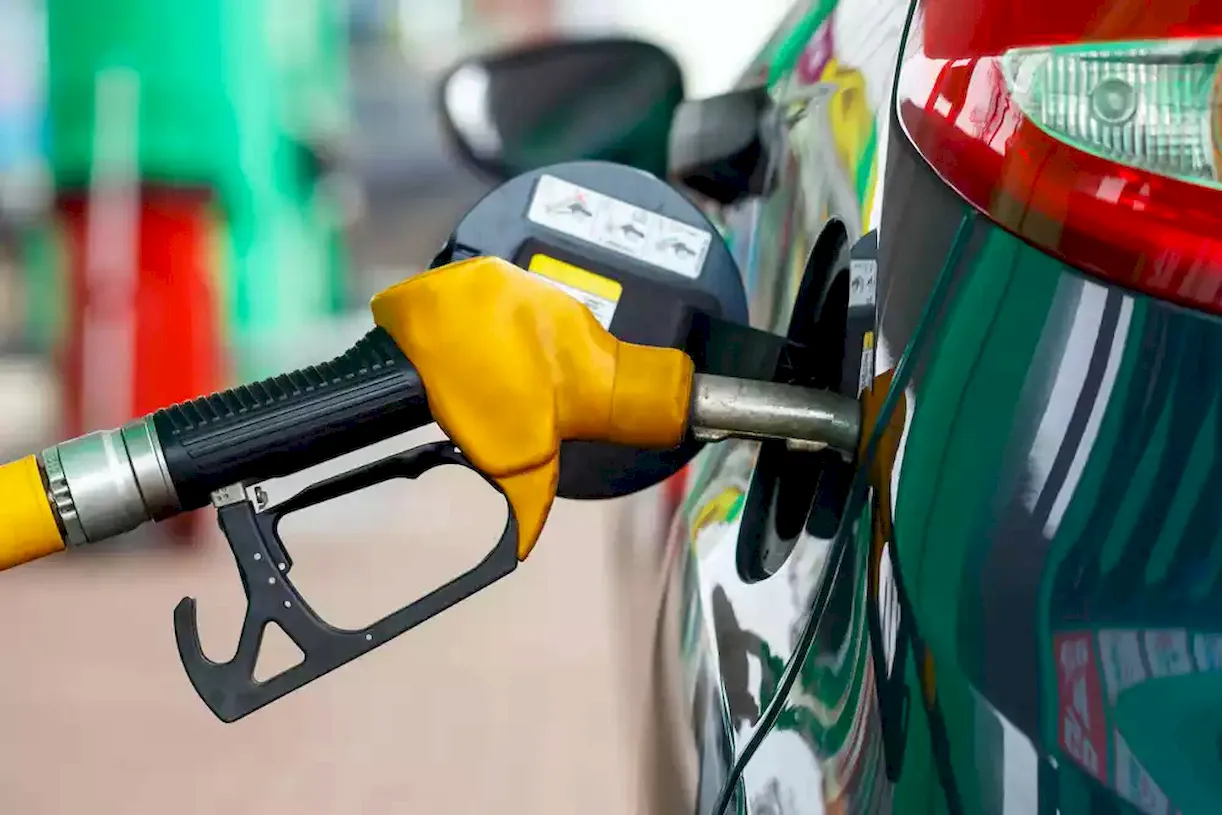
Why Drivers Break the Rule
-
Fear of stalling: Some drivers worry their car won’t restart easily—especially older models or engines that can be harder to start when hot. They’d rather break the rule than risk embarrassment or inconvenience.
-
Forgetfulness: In a hurry or distracted by passengers, people sometimes overlook the signs and reminders at the pump.
-
Deliberate disregard: Others believe modern technology has eliminated the danger and intentionally ignore the warnings.
The Real Risks
Most of the time, fueling with the engine running doesn’t cause an accident—but the rules exist for a reason. A gas station is a high-risk area where vapors can ignite from even a small spark. The odds are low, but the consequences of an explosion or fire could be catastrophic.
On top of that, keeping the engine on can sometimes interfere with your car’s electronics: fuel sensors and self-diagnostic systems in certain models may stop functioning properly.
Ignoring safety rules at the pump is a good example of how small acts of carelessness can have serious consequences. Taking a few extra seconds to follow proper procedures protects both you and those around you.
You may also be interested in the news:

Study Confirms Growing U.S. Demand for Ultra-Expensive Cars
The findings show that demand for vehicles priced two to three times above the market average remains at a relatively high level.
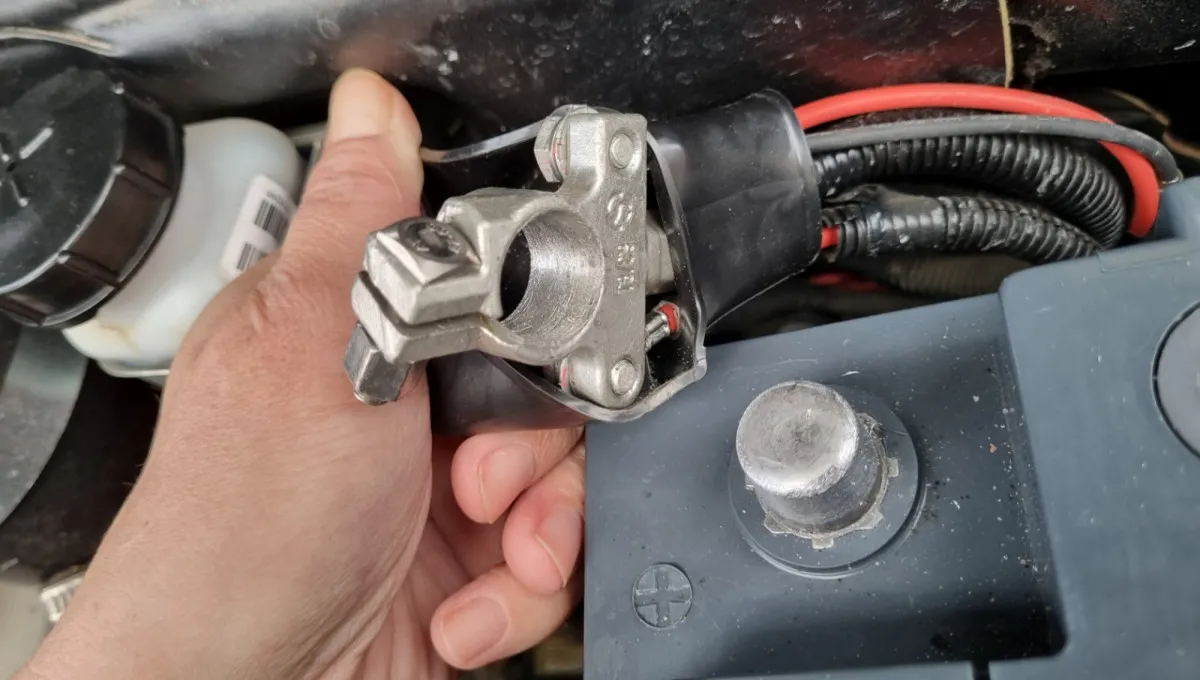
Is It Safe to Disconnect a Car Battery While the Engine Is Running—and Which Terminal Should You Remove First?
In some situations, drivers remove the battery from a running car, install it in a stalled vehicle to start the engine, and then put it back.

AC GT SuperSport: 1,039-HP Roadster from Britain’s Oldest Car Maker
British automaker AC Cars has unveiled its flagship GT SuperSport, the most powerful version of the AC Cobra GT Roadster.
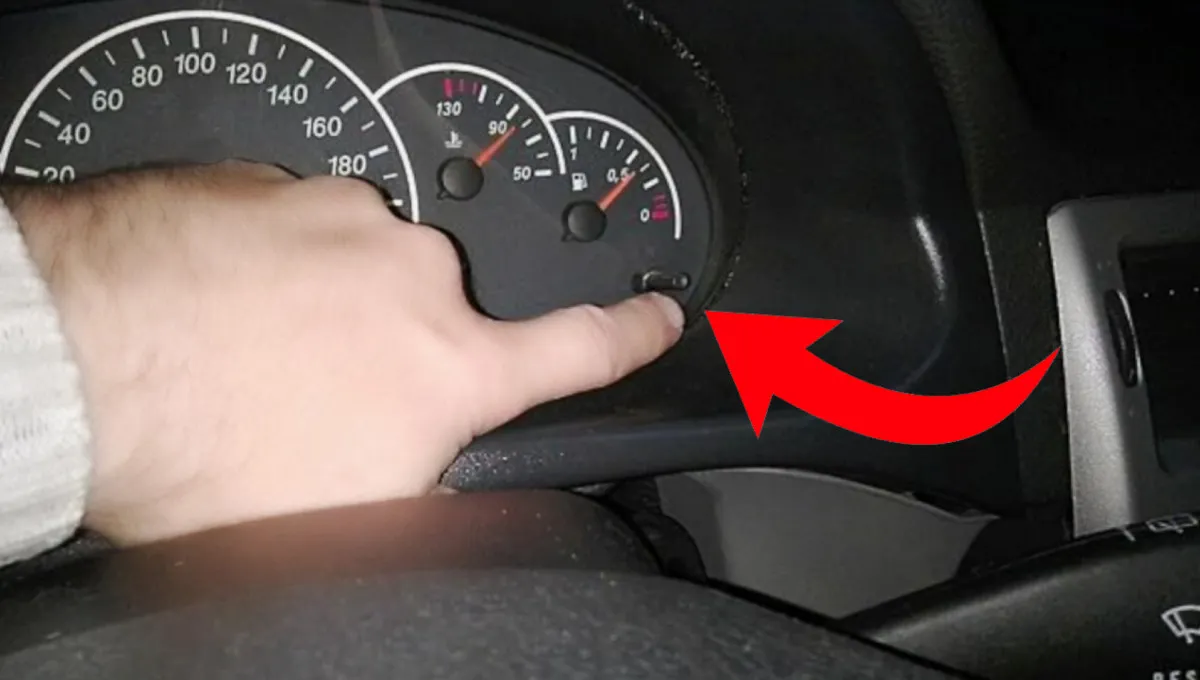
Beyond Mileage: Hidden Diagnostic Uses for Your Car's Trip Odometer Button
Why every driver should know about this “hidden” button in their car.
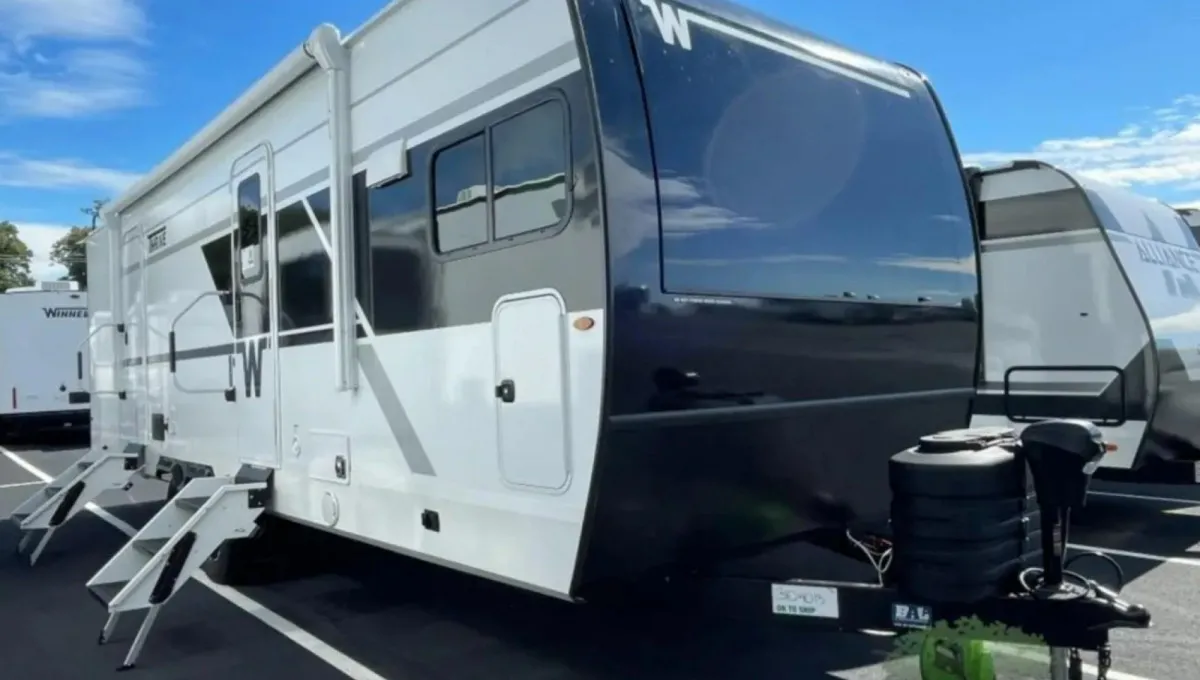
Winnebago's New Thrive 26FKD: A Spacious, Feature-Rich Trailer for Comfortable Glamping
A travel trailer that delivers the feel of a real home, wrapped in a clean, modern, and highly functional design.